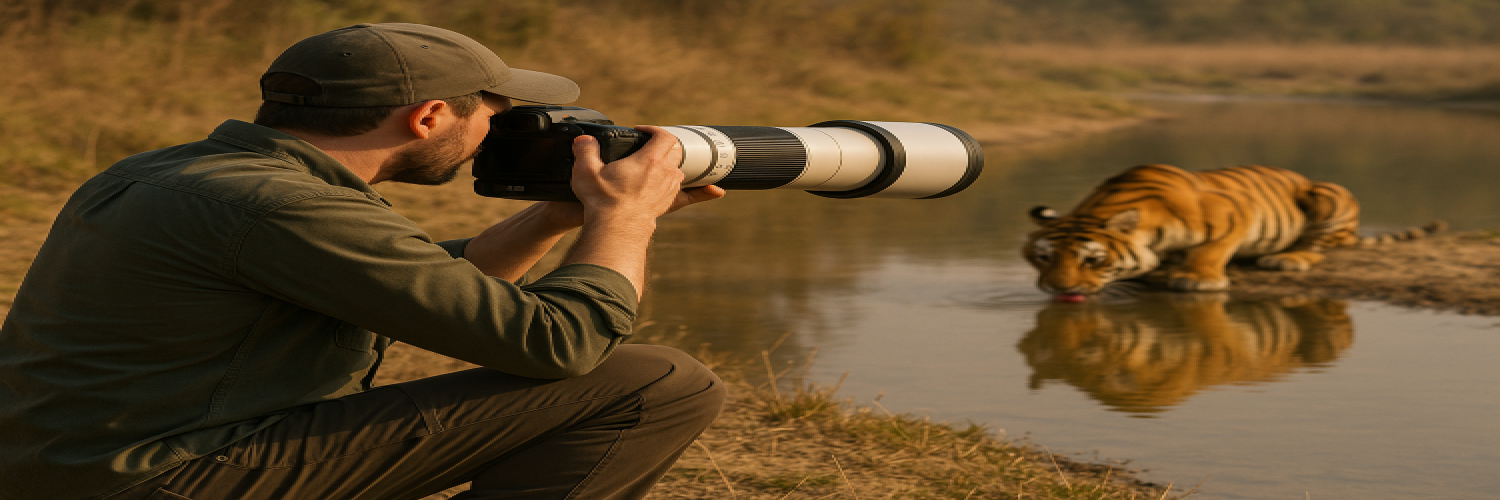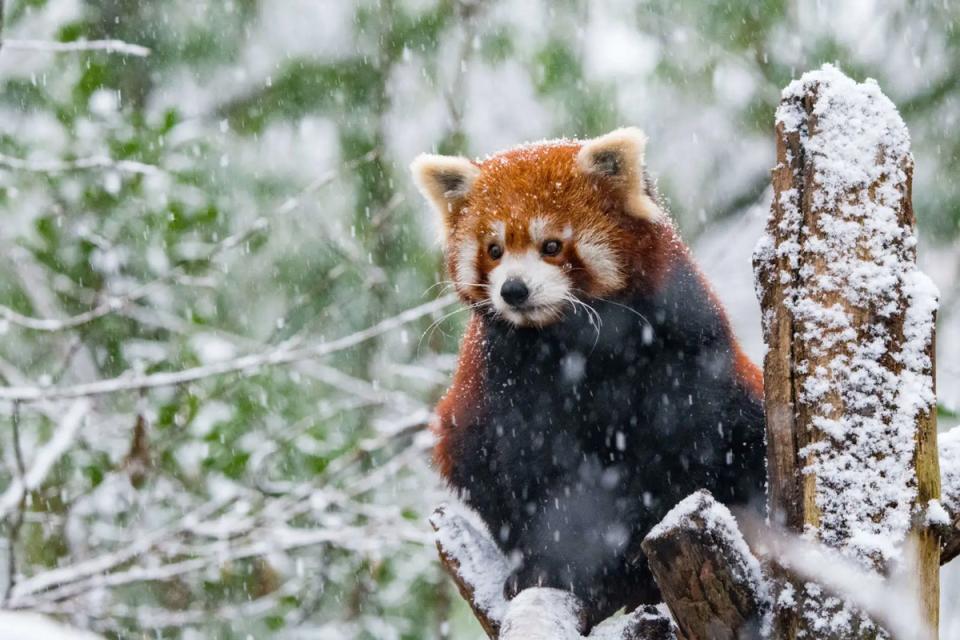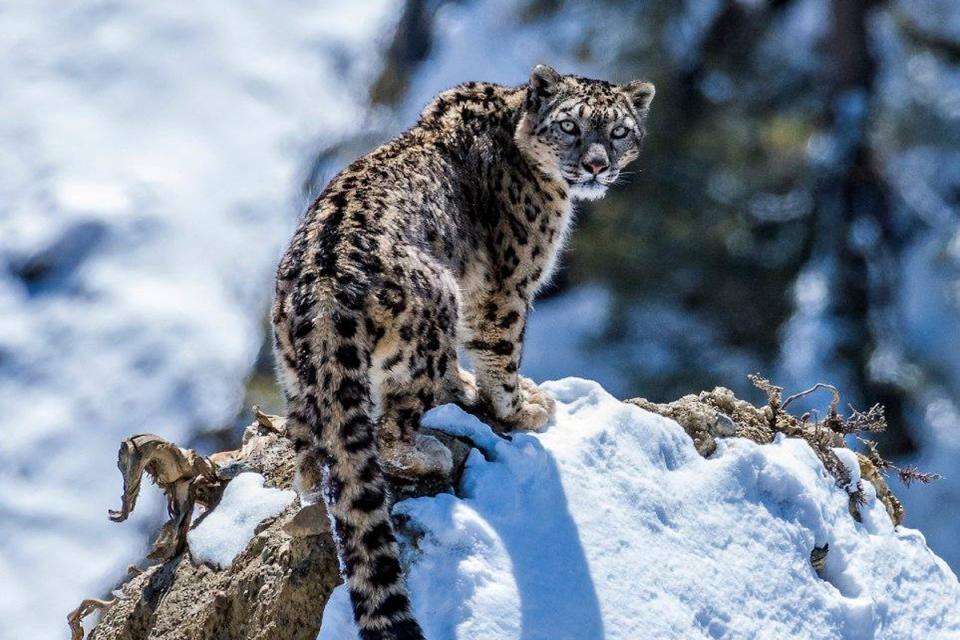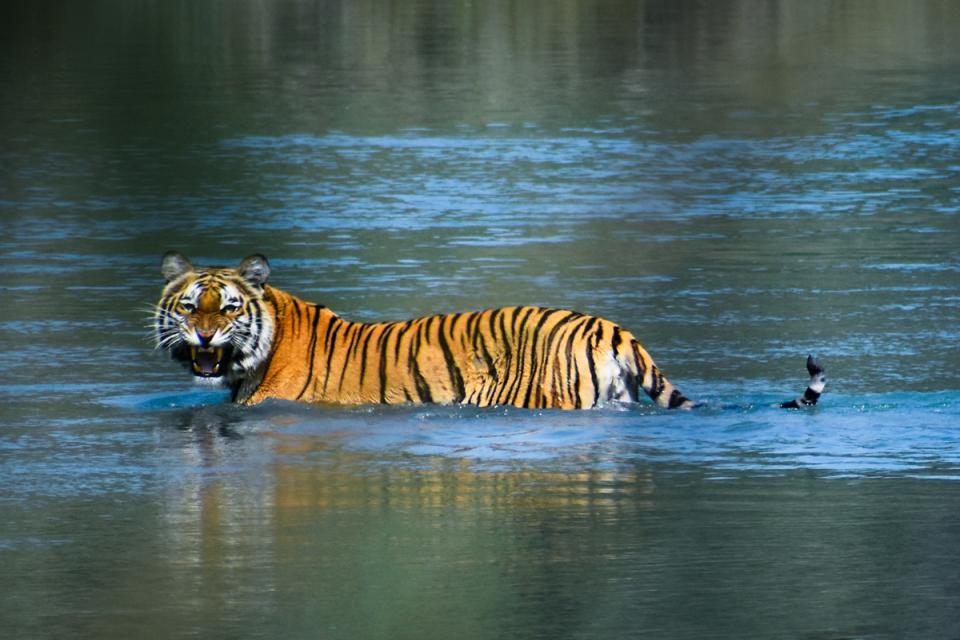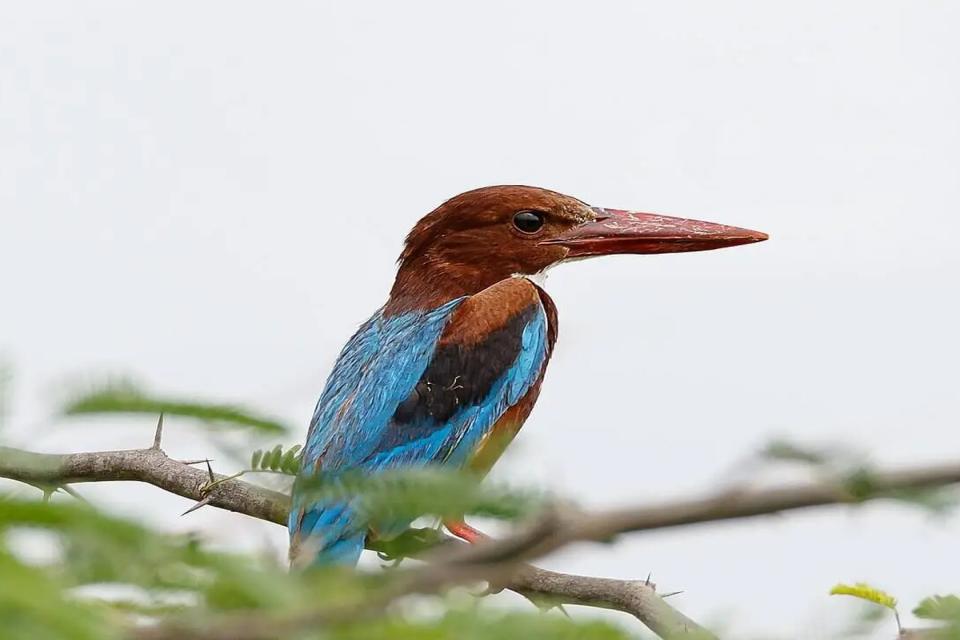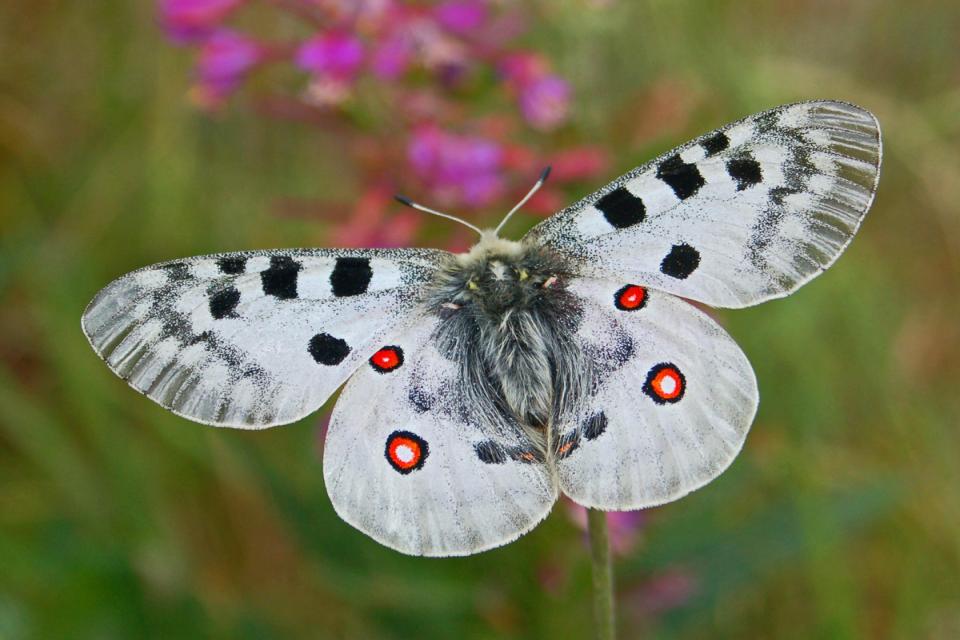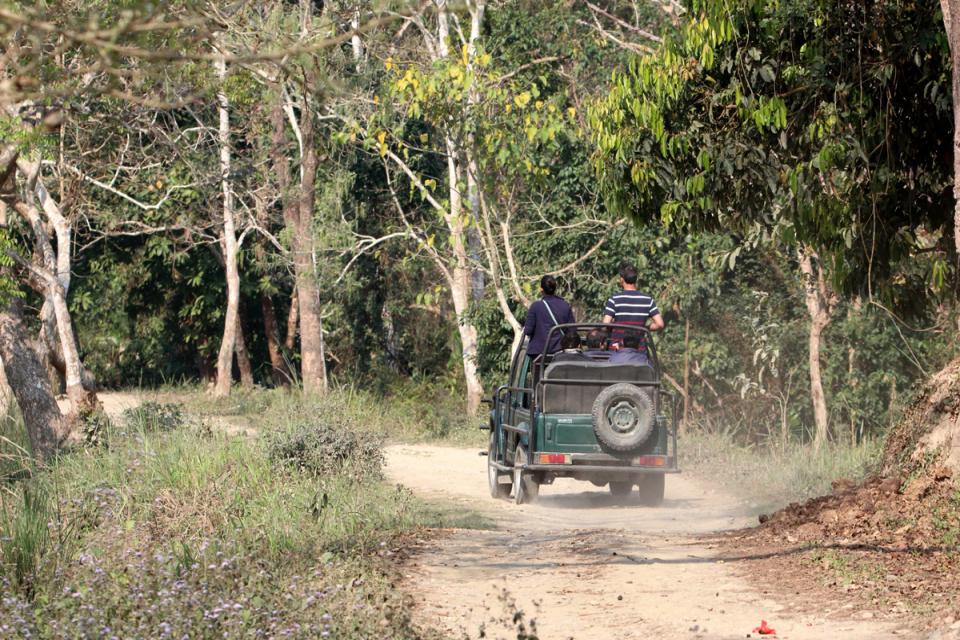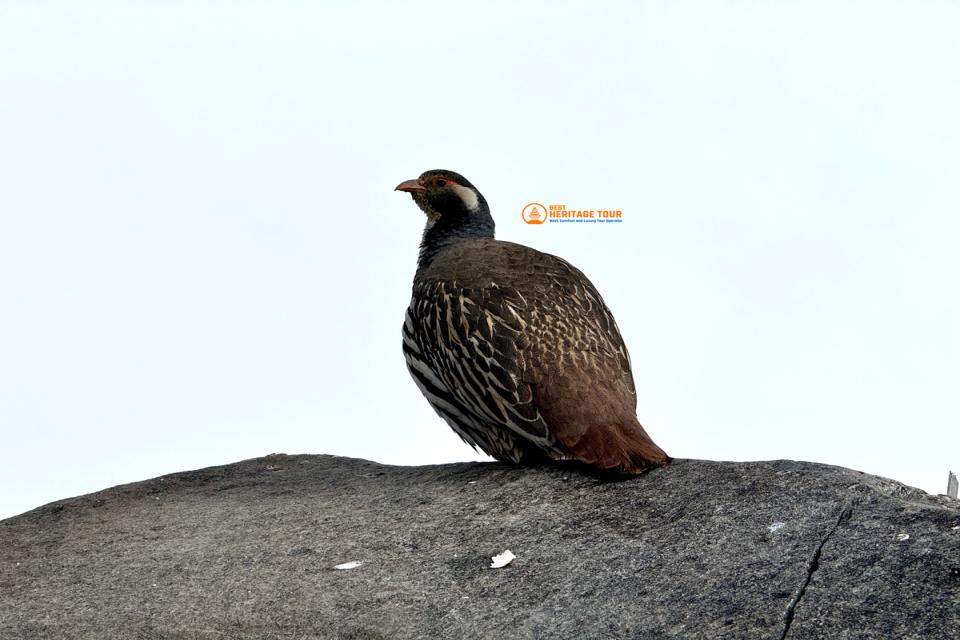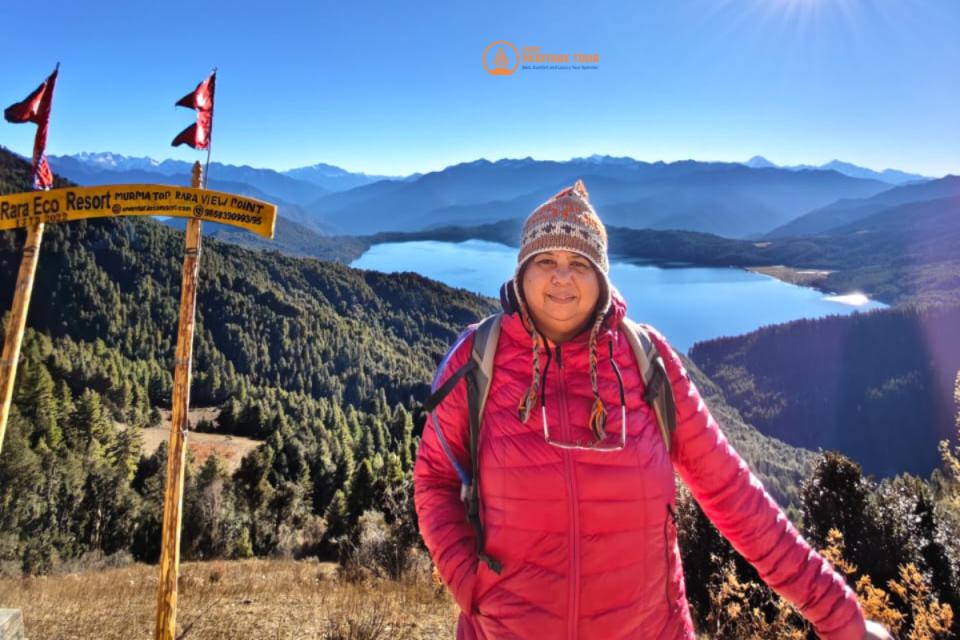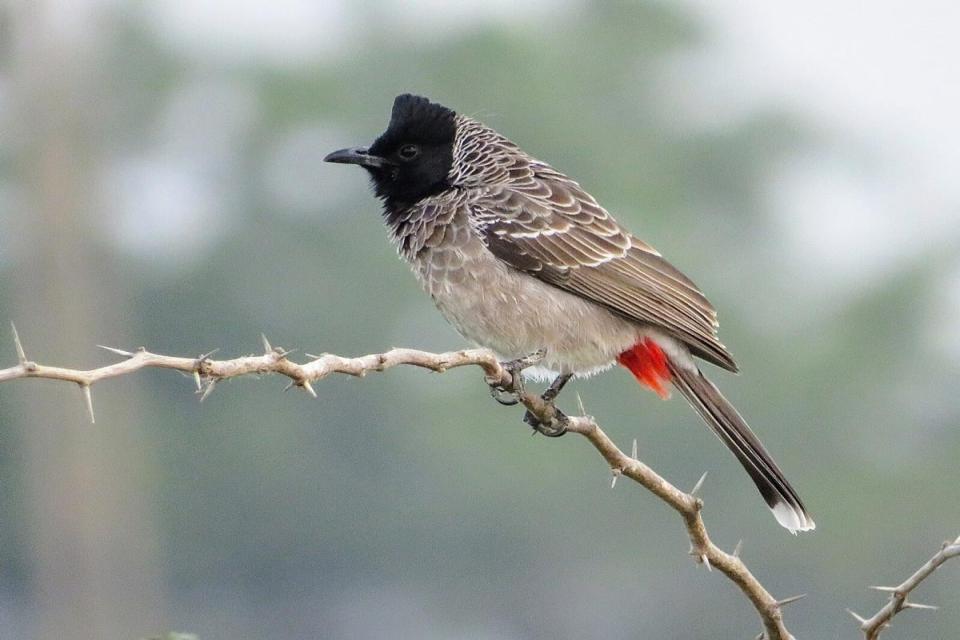For wildlife photographers, finding the perfect destination where natural beauty, rich biodiversity, and cultural harmony converge is a dream come true. Nepal, a landlocked jewel nestled in the heart of the Himalayas, offers all this and more. Despite being one of the smallest countries in Asia, Nepal’s extraordinary range of ecosystems, from tropical lowlands to icy peaks, hosts an incredible variety of wildlife - making it one of the most compelling wildlife photography destinations worldwide.
If you are passionate about photography in Nepal and want to capture compelling wildlife stories, this blog will guide you through why Nepal stands apart and how you can make the most of your photographic journey here.
1. A Biodiversity Hotspot like No Other
Nepal’s unique geographic position at the crossroads of the Palearctic and Oriental ecozones results in a concentration of species that is nothing short of remarkable. Although Nepal covers only about 0.1% of the Earth's surface, it harbors an estimated:
-
900+ bird species - which accounts for approximately 9% of the world’s total bird species. Imagine the thrill of capturing the elusive spiny babbler, an endemic bird species only found in Nepal, or the vivid plumage of the Himalayan Monal, Nepal’s national bird.
-
208+ mammal species - making up 4.5% of global mammal diversity. From the mighty Royal Bengal Tiger prowling the dense jungles of the Terai, to the mystical snow leopard silently roaming high mountain slopes, Nepal’s mammal diversity is vast and varied.
-
650+ butterfly species, about 3.96% of the world’s butterflies, fluttering through Nepal’s diverse forests and meadows.
-
Over 6,500 flowering plants, contributing to around 2.5% of the world's flora, enriching habitats with color and fragrance, critical for wildlife sustenance.
Critically Endangered and Endemic Wildlife You Can Photograph in Nepal
Nepal is a sanctuary for many endangered species, and the opportunity to photograph these rare creatures is a photographer’s ultimate prize:
-
Royal Bengal Tiger (Panthera tigris tigris): Nepal’s dense Terai forests are one of the last bastions for this majestic apex predator. Chitwan and Bardia National Parks offer some of the best tiger sightings and photographic encounters in the wild.
-
One-Horned Rhinoceros (Rhinoceros unicornis): This prehistoric-looking giant has made a successful comeback due to Nepal’s conservation efforts. Photographers can capture the rhino in its natural habitat at Chitwan, particularly during early mornings by the riverside.
-
Snow Leopard (Panthera uncia): Known as the "Ghost of the Mountains," this elusive cat inhabits the high-altitude areas like Manang and Dolpo. Patience and specialized tracking can reward photographers with once-in-a-lifetime shots of this elusive predator.
-
Red Panda (Ailurus fulgens): Found in the temperate forests of Eastern Nepal and Langtang, this shy, arboreal mammal with its fiery red fur is a dream subject.
-
Gharial Crocodile (Gavialis gangeticus): A rare, fish-eating crocodile with a narrow snout, found in Nepal’s Narayani and Karnali rivers, offering unique aquatic wildlife photographic opportunities.
-
Spiny Babbler (Turdoides nipalensis): Nepal’s only endemic bird, best seen and photographed in the mid-hill forests.
This rich biodiversity not only enhances the photographic possibilities but also gives photographers the rare chance to document species vital for global conservation awareness.
2. Nepal’s Vertical Wonder: Diverse Ecosystems Packed in One Country
One of the most remarkable features of Nepal is its extraordinary vertical elevation gradient, which packs a full range of ecosystems into a small geographic area. This allows wildlife photographers to experience vastly different species and landscapes within days or even hours of travel.
-
Terai Lowlands (60-300 meters above sea level): These tropical forests are the stronghold for large mammals like tigers, elephants, rhinos, and swamp deer. The Terai is also the richest birdwatching region with over 500 recorded species, including migratory birds during winter.
-
Mid-Hills (300-2,500 meters): The mid-hills are covered with broadleaf forests that shelter animals like leopards, barking deer, langurs, and the rare red panda. Bird species such as the colorful satyr tragopan and the kalij pheasant thrive here.
-
High Himalayas (2,500-5,000+ meters): Above the tree line, in the alpine and subalpine zones, lies a stark but beautiful landscape where blue sheep, Himalayan tahr, and the secretive snow leopard reside. The stark terrain also hosts species like the Himalayan marmot and various high-altitude birds such as the lammergeier and Himalayan griffon vultures.
For wildlife photographers, this natural “vertical corridor” means a chance to diversify their portfolios dramatically within a single trip to Nepal, moving from tropical forests teeming with life to snowy peaks where the rarest of mammals dwell.
3. Top Wildlife Photography Destinations in Nepal
Chitwan National Park: The Iconic Jungle Safari Experience
Chitwan National Park is Nepal’s oldest national park and a UNESCO World Heritage Site. It is arguably the crown jewel for wildlife in Nepal and offers unmatched opportunities to photograph big game like Bengal tigers and rhinos.
-
Best time: November to April for clear weather and animal activity
-
Activities: Jeep safaris, canoe rides, guided nature walks, and birdwatching tours
-
Photographic highlights: The early morning mist on the Rapti River as a rhino grazes nearby, a tiger crossing its territory, or a family of elephants bathing.
Photographers can also capture the intricate behaviors of birds such as the Great Hornbill and the vibrant plumage of the Malabar pied hornbill.
Bardia National Park: The Untamed Wilderness
Bardia offers a more remote and less commercialized alternative to Chitwan, appealing to photographers seeking solitude and untouched wilderness.
-
Known for higher chances of tiger sightings
-
Rich populations of wild elephants, swamp deer, and the rare Gangetic dolphin
-
Opportunities to photograph indigenous Tharu culture living in harmony with nature
Shuklaphanta National Park: The Grassland Haven
Shuklaphanta’s expansive grasslands make it one of the best places in Nepal to photograph large herds of swamp deer and a variety of migratory birds.
- The vast open spaces provide clear views and stunning lighting conditions ideal for dramatic animal portraits.
Koshi Tappu Wildlife Reserve: Birdwatcher’s Paradise
Koshi Tappu Wildlife Reserve is home to over 500 bird species, offering remarkable waterbird photography opportunities.
-
Photograph herons, storks, and migratory ducks against lush riverine landscapes.
-
Macro photographers will also enjoy capturing rare insects and amphibians.
Langtang and Annapurna Regions: Alpine Wildlife and Culture
These mountain parks are famous for their trekking routes, but they also shelter elusive species like red pandas and Himalayan musk deer. The cultural villages along the way offer unique portrait and cultural photography chances, combining wildlife and human stories.
4. The Best Seasons for Wildlife Photography in Nepal
Timing your visit to Nepal can drastically affect your photographic success and experience. Understanding the seasonal rhythms of wildlife can help you plan for the best conditions.
-
Spring (March to May): This is the breeding and flowering season, offering vibrant landscapes and increased animal activity. Rhododendrons bloom, attracting butterflies and birds, while mammals are more visible during courtship behaviors.
-
Autumn (September to November): Clear skies and mild temperatures provide the best lighting conditions for photography. Migratory birds arrive, and wildlife is active post-monsoon.
-
Winter (December to February): Though colder, the sparse vegetation means animals are easier to spot. Snow-capped backdrops make for dramatic shots, especially of mountain wildlife.
-
Monsoon (June to August): While travel is more challenging due to heavy rains, this season brings lush green landscapes and unique opportunities to capture amphibians, insects, and monsoon birdlife.
5. Merging Wildlife Photography with Cultural Immersion
Nepal’s rich tapestry of ethnic groups has coexisted with nature for centuries. Wildlife photographers benefit from combining natural and cultural photography, enriching their storytelling.
-
Photograph Tharu dances and rituals that celebrate nature.
-
Capture Sherpa life in mountain villages, where animals like yaks are central to daily living.
-
Document traditional conservation practices and human-wildlife coexistence.
6. Tips for Successful Wildlife Photography in Nepal
To maximize your photographic yield:
-
Bring a telephoto lens with a focal length of at least 300mm.
-
Use wide-angle lenses for environmental shots and landscapes.
-
Hire knowledgeable local guides who can track animals ethically.
-
Practice patience and silence - wildlife respects calm observers.
-
Avoid disturbing animals or using flash photography.
-
Respect park rules and ethical wildlife photography guidelines.
7. Conservation Success Stories to Inspire Your Lens
Nepal’s commitment to conservation has yielded remarkable successes:
-
Increasing populations of tigers and rhinos due to anti-poaching and community engagement.
-
Community forests empowering locals to protect wildlife habitat.
-
Wildlife corridors ensuring safe migration paths.
Capturing these stories through your lens helps raise awareness and supports continued conservation efforts.
Conclusion: Capture the Wild Heartbeat of Nepal
Nepal’s extraordinary wildlife, stunning landscapes, and rich culture create an unrivaled canvas for photographers. Whether you’re chasing the stealth of a tiger or the delicate wings of a butterfly, photography in Nepal offers a profound, inspiring, and life-changing experience.
Prepare your gear, connect with nature, and let Nepal’s wild wonders fill your frame and your soul.
Plan Your Ultimate Wildlife Photography Tour with Best Heritage Tour
Navigating Nepal’s diverse ecosystems, securing permits, and accessing exclusive wildlife zones requires expertise. Best Heritage Tour specializes in wildlife photography tours customized for professionals and enthusiasts.
Contact Details:
Website: www.bestheritagetour.com
Email: info@bestheritagetour.com
Phone/WhatsApp: +977-9851149197
Author: Best Heritage Tour
Date: 6th June, 2025

